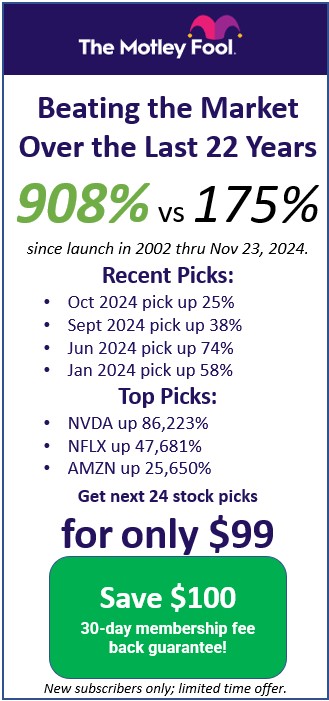Hard commodities, soft commodities…simply put, they’re the raw materials people use to create a habitable world. Then practice what you’ve learned with our free stock market simulation.
BEST COMMODITY STOCKS
Here are some commodity stocks that have been popular in the last year:
| Symbol | Company |
| NEW | NEWMONT MINING CORP |
| PTR | PETROCHINA SHS SPONSORED AMERICAN DEPOSITARY RECEI… |
| SHLX | SHELL MIDSTREAM PARTNERS LP |
| PPG | PPG INDUSTRIES INC |
| RDC | ROWAN COMPANIES PLC |
| ABX | BARRICK GOLD CORPORATION |
| VLO | VALERO ENERGY CORP |
| ANDV | ANDEAVOR |
| BP | BP SHS SPONSORED AMERICAN DEPOSITARY RECEIPT REPR … |
| HCLP | HI-CRUSH PARTNERS LP |
| UUU | ENERGY FUELS INC |
| CLF | CLEVELAND-CLIFFS INC |
| WPM | WHEATON PRECIOUS METALS CORP |
About The Commodity Market
As long as the risks inherent to commodity trading are understood, it can be a very lucrative opportunity. Make calculated decisions.
How to Trade Commodities – 3 Strategies
Before you begin trading commodities, you should have some well thought out and consistent strategies that will dictate under what circumstances you will buy, sell and limit your losses. Here are some big ones:
Trading Breakouts
This strategy holds that a market can’t continue its trend without making new highs or new lows. This one works best when commodities are trending strongly. Whether the trend is up or down doesn’t matter, as you are buying new highs and selling new lows,
Fundamental Trading Strategy
Fundamental analysis is a means of analyzing commodities and simply trying to predict where the prices of commodities should be trading and what they will do in the future. This one is not recommended for a new commodity trader, since opinions can easily be swayed.
Range Trading Strategy
According to this strategy, you would look to buy a commodity after it has experienced a lot of selling and becomes oversold. Once a commodity has had a long rally and becomes overbought, you would look to sell it.
How to Buy Commodities
Commodity investing is extremely volatile – but can definitely work in your favor. In a broad investment portfolio, a small amount of commodities (between 5-10%) can offset risks associated with stocks, bonds and cash. A more prudent investor would own both the physical commodity as well as shares of the resource producers.
Being a Commodity Trader
There are two types of investors involved in commodity trading: hedgers and speculators.
Hedgers
These would be big corporations that depend on a consistent price for basic materials. A good example is a commercial farmer. The market values of wheat and other crops fluctuate constantly as supply and demand for them varies . The farmer would hedge his exposure to wheat prices. By doing so, he no longer cares whether the current price rises or falls because he is guaranteed a price by the contract.
Speculators
As a speculator, you are not actually purchasing these items. This is the type of investor you would be. Speculators purchase contracts for items to later be sold, whenever they feel that the price of a particular commodity is on its way down.
WHAT ARE COMMODITIES?
There are four primary categories of commodities currently traded on the market:
- Energy (gasoline, oil, etc.)
- Metals (gold, silver, platinum and copper)
- Livestock (pigs, cows, etc.)
- Agricultural (corn, cocoa, coffee, cotton, etc.)
The first two are referred to as “hard commodities” while the latter two are “soft commodities” If you’re planning to invest in commodities, it’s critical you understand what factors influence their value. Generally, there are two main influential elements: economic/political stability and supply and demand. Basically, as a commodity trader you are anticipating the future price of these raw materials and attempting to profit from fluctuations in the prices of these items.
COMMODITY TRADING TIPS
Killer tips when investing in commodities:
Pay Attention To The News
Commodities are heavily influenced by supply + demand, so it’s important to understand what’s driving global business. The financial/mainstream news is an awesome resource for this info.
Monitor Economic Movements
Commodities are largely influenced by economic stability, so staying up-to-date on economic movements (and their influence over commodities) is now a must.
Find Interrelationships Between Assets
Consider how the movement of an asset could impact the value of a commodity. A rise in value due to a surge in demand for one thing (cars) may subsequently lead to an impact on the value of another (oil).
